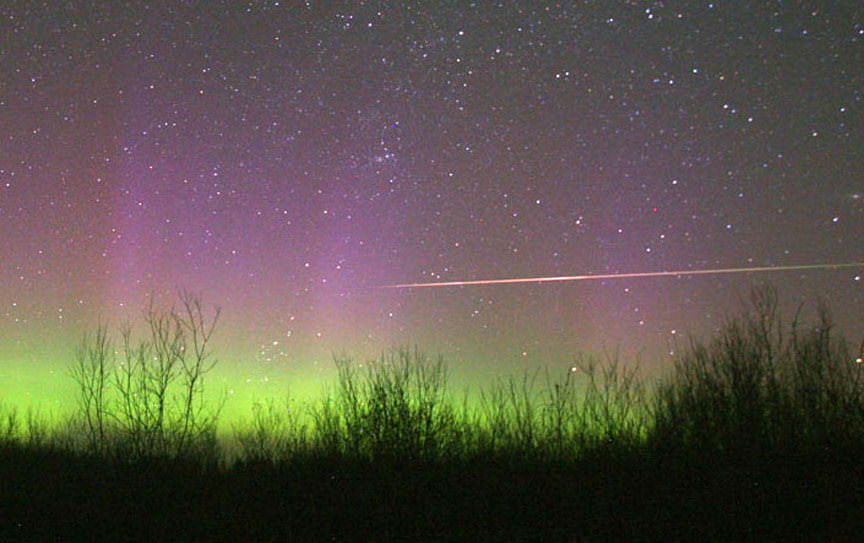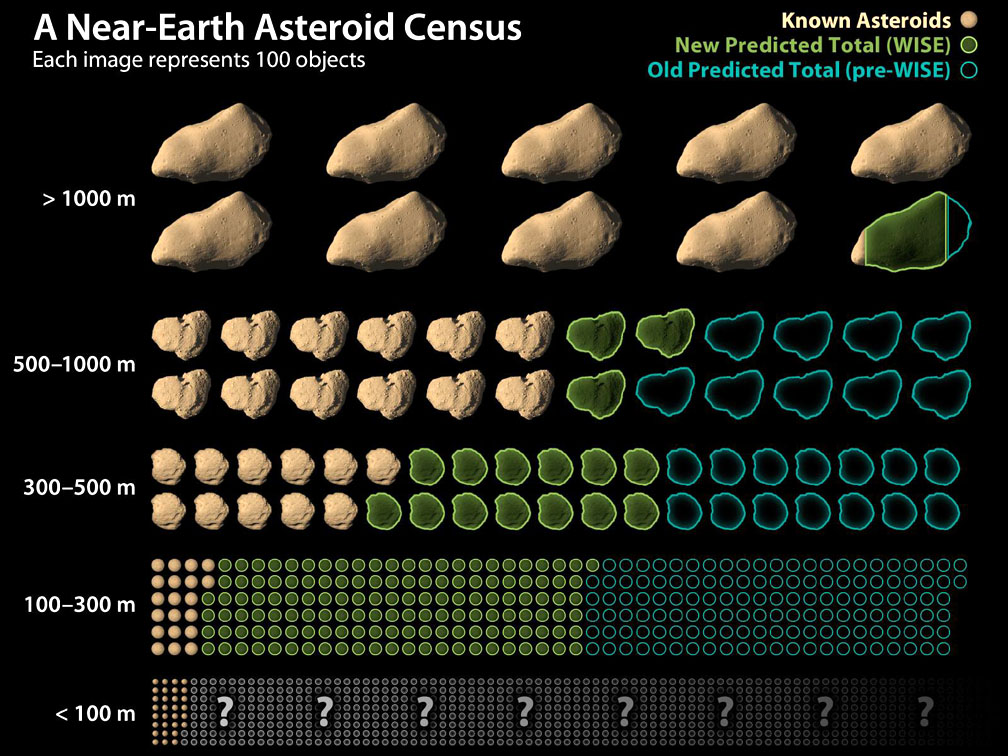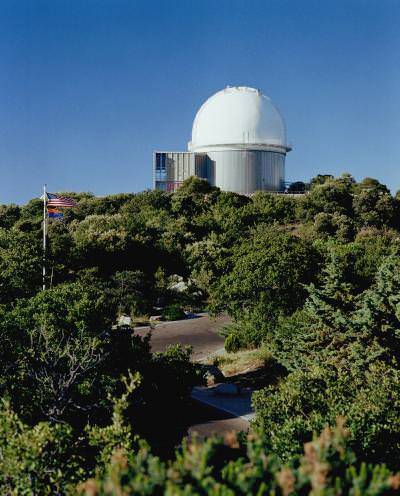In a year of devastating wildfires, destructive derechos, early and active hurricanes, widespread social unrest, contentious politics and more -- all amid an unprecedented global pandemic -- it might seem fitting that 'asteroid impact' would be added to the 2020 bingo card.
While weekend headlines buzzed over the prediction of an asteroid hitting Earth on November 2, just one day before the US presidential election, in reality, this is one thing we don’t have to worry about.
"Asteroid 2018VP1 is very small, approx. 6.5 feet, and poses no threat to Earth! It currently has a 0.41% chance of entering our planet's atmosphere, but if it did, it would disintegrate due to its extremely small size," NASA Asteroid Watch posted reassuringly on Twitter.
To be clear, that's less than half a percent chance.
"The likelihood of this asteroid hitting Earth is vanishingly small," planetary scientist Allessondra Springmann told Universe Today, "plus, this rock is tiny. It's about the size of your couch. In the unlikely event it would hit our atmosphere, it would break apart and disintegrate. If anything hit the ground, it would be extremely small; a fleck of rock or speck of sand."
NASA's Center for Near Earth Object Studies and the International Asteroid Warning Network have observatories around the world scanning the skies for potentially hazardous space rocks. Asteroid 2018VP1 was discovered in 2018, and has been observed 21 times over nearly 13 days. Astronomers have tracked the object enough to be extremely confident in the knowledge of where the object will be in the future. On November 2, 2020, NASA predicts this asteroid will be more than 260,000 miles (420,000 kilometers) away, which is about the distance of the Moon from Earth.
"Asteroid 2018VP1 is super tiny, but it shows how excellent our tracking and detection capabilities are in finding objects of this size," Springmann said.
By chance, another asteroid will make a close approach on the US's Election Day itself, Nov. 3. Asteroid 2020 HF4 is about 26 to 60 feet (8 to 18 meters) across, but will remain much farther away, about 16 times the distance of the moon, according to NASA.
Last week, an SUV-size asteroid set the record for coming closer to Earth than any other known Near Earth Asteroid (NEA): 2020 QG passed 1,830 miles (2,950 kilometers) above the southern Indian Ocean on Sunday, Aug. 16 at 12:08 a.m. EDT (Saturday, Aug. 15 at 9:08 p.m. PDT). Estimated at 10 to 20 feet (3 to 6 meters) across, asteroid 2020 QG is very small by asteroid standards: If it had actually been on an impact trajectory, it would likely have become a fireball as it broke up in Earth's atmosphere, which happens several times a year.
NASA says that every day, Earth is bombarded with more than 100 tons of dust and sand-sized particles. Space rocks smaller than about 25 meters (about 82 feet) will most likely burn up as they enter the Earth's atmosphere and cause little or no damage.
NASA projects that every 2,000 years or so, a meteoroid the size of a football field hits Earth and would cause significant damage to a specific area. Only once every few million years, an object large enough to threaten Earth's civilization comes along.
"Asteroid 2018VP1 is a 'large boulder the size of a small boulder' as the meme goes," Springmann said, "so this asteroid is not going to ruin anyone's day."
Lead image courtesy of Bob King.
 Universe Today
Universe Today


